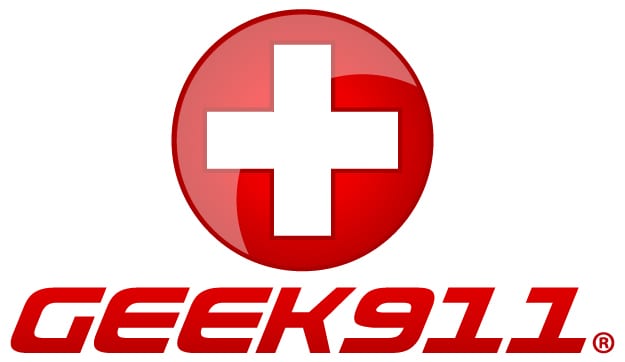How Can We Monitor Remote Team Performance Without Being Invasive?

Companies in Silicon Valley and the rest of the world are beginning to settle into the new normal – the hybrid working environment. You’ve undoubtedly heard the term “hybrid” being used to describe the new world of work quite often over the last several months.
The pandemic significantly accelerated the move to a work-from-home environment and now companies are incorporating both in-office and remote working into their day-to-day.
It’s estimated that 58.6% of the U.S workforce are working remotely from home. There are monetary benefits to each side. Employees save money on gas, meals, and other costs of commuting to an office. Employers can reduce their overhead on physical office expenses.
But there are some challenges with managing a team remotely. Communication can be difficult and it’s hard to keep a handle on productivity. Business owners and managers need to ensure employees are being effective in their work, and many have relied on the help of productivity monitoring software.
What is “Bossware?”
Productivity monitoring apps, also known as “bossware,” are designed to track employee work in a number of ways. Employee work tracking tools have become quite popular. Over the last year, 78% of surveyed organizations noted using monitoring software to track employee performance.
This type of tool isn’t inherently good or bad. It depends on how you use it. There are vast differences between these applications.
For example, one of the least invasive tools that track employees as a unit rather than individually is Microsoft Productivity Score. It provides insights on how employees are using Microsoft apps and gives recommendations for productivity tweaks.
On the flip side is an application like Kickidler. This software can take screenshots of a computer, provide a graph of employee bathroom breaks, and even log their keystrokes. Many would consider this type of tool going too far and rather invasive.
So how do you find the sweet spot? How can you track what’s needed to ensure your team is productive, yet not risk losing good employees because your methods invaded their privacy or stressed them out?
We’ve got several tips below on responsible remote team productivity monitoring that can help.
Tips for Responsible Staff Productivity Tracking
Use High-Level Tools (Instead of Individual-based)
Work monitoring applications that track your team in aggregate and not individually can help everyone get better without making people feel like they’re being singled out.
For example, Microsoft Productivity Score provides insights into whether people are communicating and collaborating effectively in a remote environment. If a company identifies low scores for use of co-authoring features and team communication tools, it can address this with the team as a whole.
Example of a report from Microsoft Productivity Score
Invite Your Employees Into the Conversation
Using employee monitoring and task tracking tools doesn’t have to be an “us against them” scenario and it doesn’t need to result in employees feeling mistrusted.
Invite your team into the conversation and share your challenges with them about keeping up with work in a remote environment. You may just find that they will have some helpful suggestions on possible productivity tracking metrics.
They can also give you valuable insight into the types of tools that are helpful (e.g., improve their performance and time management) and the ones that aren’t (e.g., make them feel stressed out and anxious).
When everyone is brought into the conversation to solve the challenge, they all take a small part of the ownership in solving the problem.
Use Value-based Tools, Not “Babysitting” Tools
You could put in software that takes intermittent screenshots of each employee’s desktop to ensure they’re working when they should be and not on social media. But are you really going to look through all those screenshots every week?
Babysitting tools that simply monitor an employee’s every computer and online movement aren’t measuring the value that person brings to the organization’s mission.
Look instead for tools that monitor output. Is a person meeting task deadlines? Are they communicating updates and attending meetings that are expected? Do they contribute positively to the company?
Value-based metrics are going to mean more to your bottom line.
Watch Out for Privacy Problems from Stealth Tracking Tools
Some of the most invasive versions of bossware will work in stealth mode, tracking online and keyboard movements without employee knowledge. They can even remotely access a mic and webcam on a PC.
These types of tools, especially when used with remote employees who are working from home, can get you into trouble when it comes to privacy considerations.
Many WFH employees work from personal computers, which makes this type of invasive tracking tool a big problem when they clock out and are surfing the web on their own time.
Stay away from anything opaque and invasive. You should always be upfront with employees about any monitoring activities and ensure they only happen during working hours.
Need Assistance Optimizing Remote Team Performance?
GEEK911 can help your Silicon Valley area business strike the right balance between monitoring productively and tracking needlessly. Let us help you put the best team tools in place.
Schedule a consultation by calling 1-866-433-5411 or reach us online.
